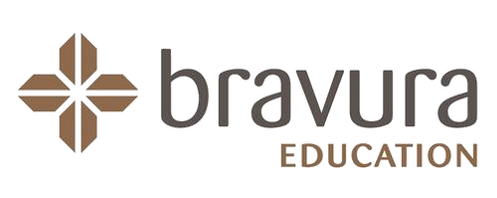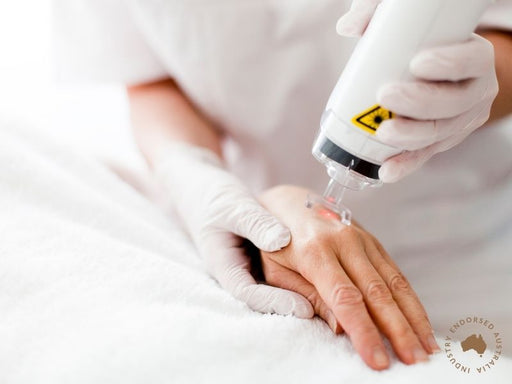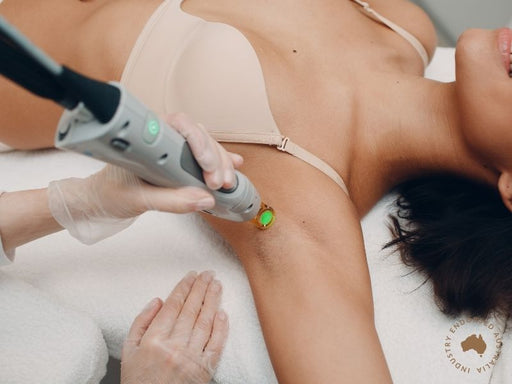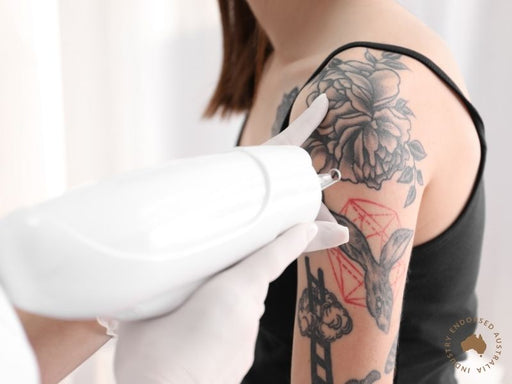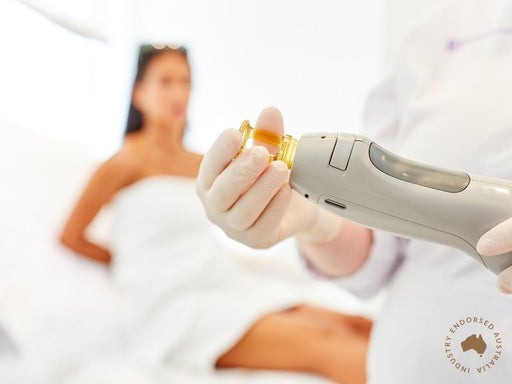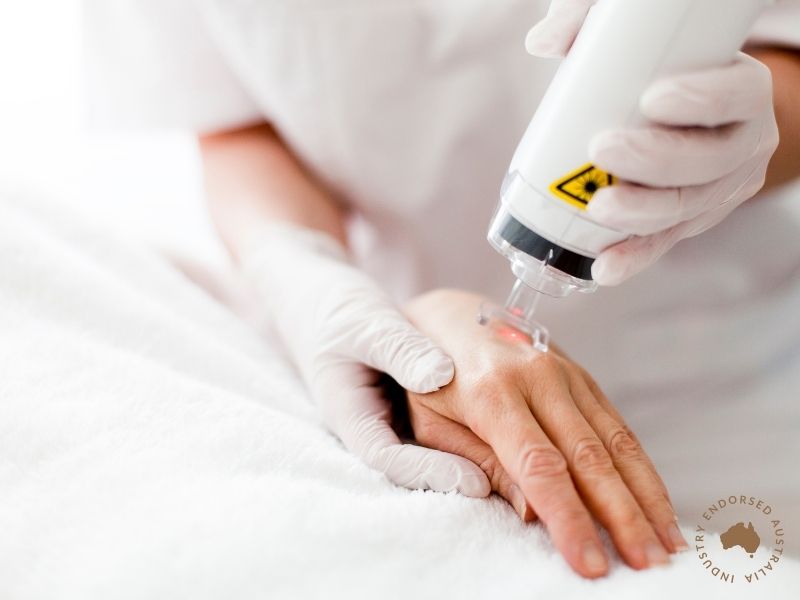
At A Glance




Basic Laser Safety Course
Course Description
Curriculum
Who is it for
Prerequisites
What's included
Payment options
Additional resources
What happens next
Industry Accreditation and CPD Points
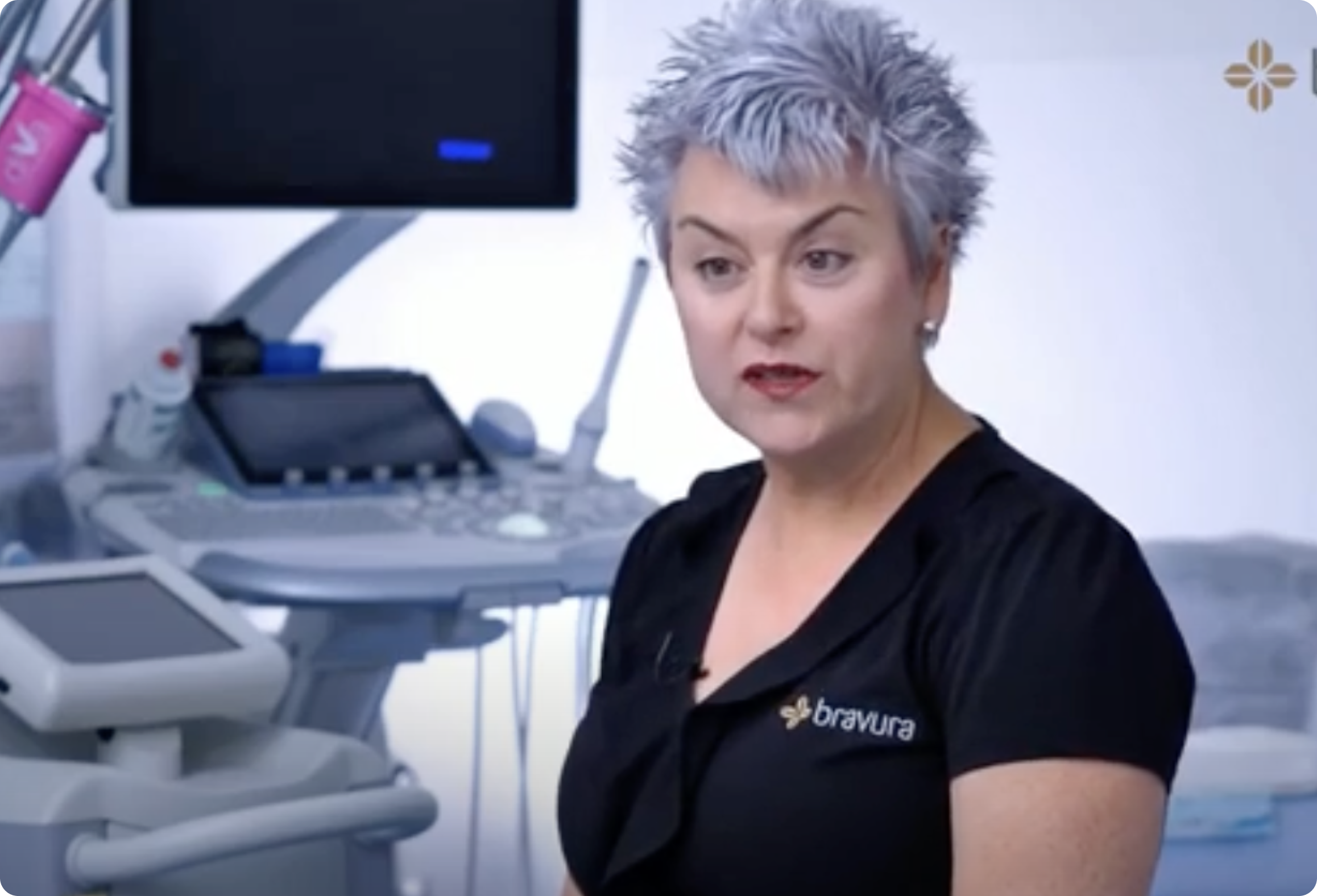
We have a sliding scale of discounts depending on how many students you'd like to enrol, whether it's five or fifty we've got you covered.
Contact us now to find out more.

Meets AS/NZS Standards
Nationally Endorsed

For Post Graduate Pathways
Accredited Courses

For Your Professional Development
Earn CPD Hours
